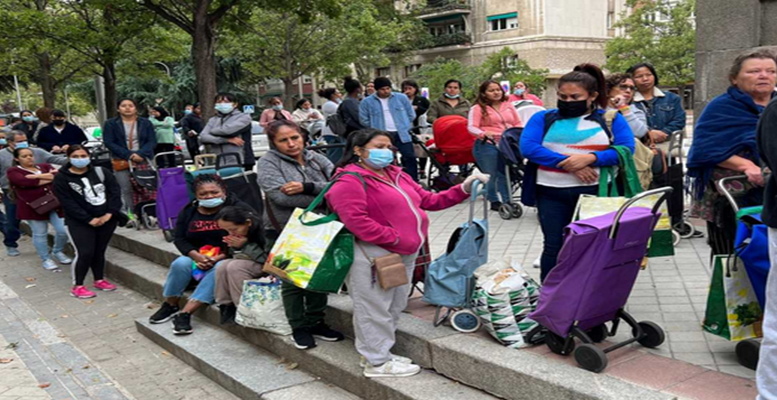The percentage of the Spanish population at risk of poverty or exclusion rose half a point in the last year to 26.5%, while the population with “severe material and social deprivation” climbed to 9%, the highest rate since 2014 and 1.3 points higher than the previous year, according to the National Statistics Institute (INE). With this, severe poverty has shot up to its highest level in a decade, mainly due to the increase in the electricity bill, the rising cost of the weekly shop, the increase in the cost of variable-rate mortgages and the consequent impact of all this on the purchasing power of households.
So, although the average income per person increased by 8.3% in the last year, to €14,082, the population in general is living considerably worse than in previous years, even those in the higher income brackets.
Specifically, 20.7% of respondents cannot afford to keep their home at an adequate temperature, 3.6 points more than last year and three times more than in 2019 (7.6%); 6.4% of people cannot afford a meal of meat or fish at least every other day, one point more than last year and twice as many as in 2019 (3.8%); 37.1% do not have the ability to meet unforeseen expenses, 1.6 points more than last year and 3.2 points more than in 2019; and 13.6% have had delays in paying housing-related expenses (mortgage, rent, gas, community charges…) or in instalment purchases in the last twelve months, four tenths more than last year and 64% more than four years ago (8.3%).





